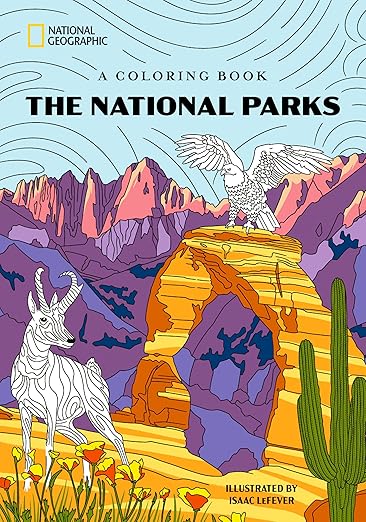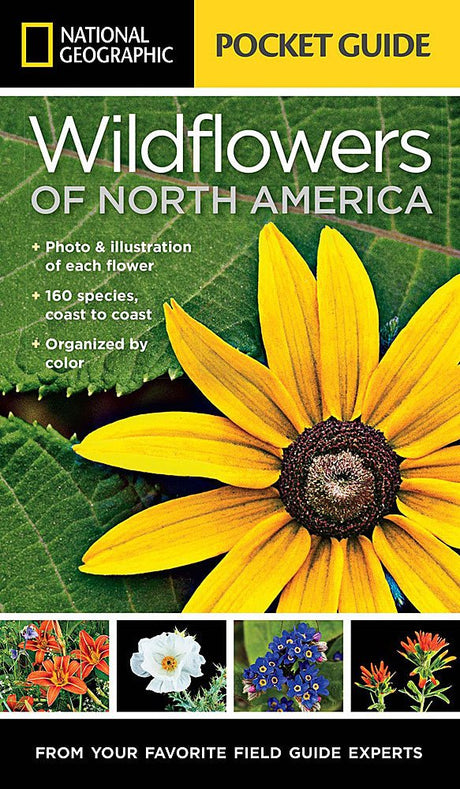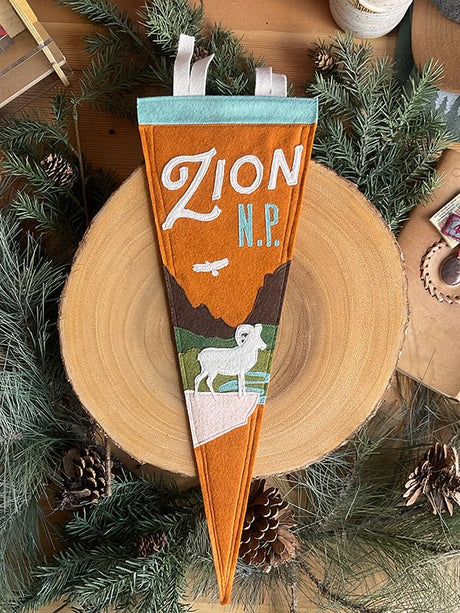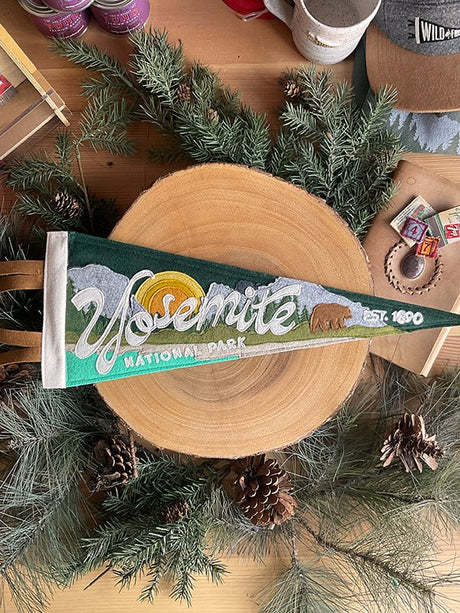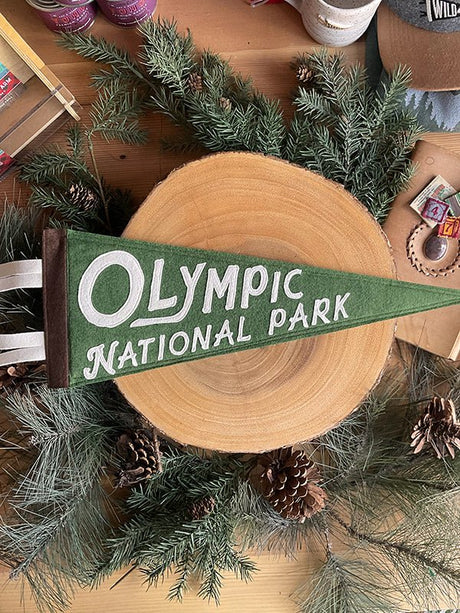Whether you're heading out on a serene hike through a misty redwood forest, camping beneath the stars in the desert, or cruising scenic roads in your favorite national park, what you pack can make or break your adventure. After all, national parks are wild places – breathtaking, beautiful, and sometimes unpredictable. Being prepared means you get to enjoy the experience fully, safely, and comfortably.
Here’s a comprehensive (and flexible!) guide on what to bring on your park trip, tailored to how you like to explore.
The Essentials – For Every Visitor

No matter your destination or activity level, these basics belong in your pack or vehicle:
1. Park Map & Guide
Even if you're relying on GPS, always carry a printed map. Many parks have limited cell service, and official maps often highlight key features, trail difficulty, and important safety notes.
2. Plenty of Water
Hydration is key. The standard recommendation is at least 2 liters per person per day, more if you’re hiking, it's hot, or you're at elevation.
3. Snacks & Food
Bring nutrient-dense, non-perishable snacks like trail mix, jerky, fruit leather, or granola bars. Always carry a bit more than you think you’ll need.
4. Layers of Clothing
- Moisture-wicking base layer
- Insulating layer (like fleece or down)
- Rain jacket or windbreaker
- Hat and gloves if there's any chance of chill
5. Sun Protection
- Sunscreen (SPF 30+)
- Sunglasses
- Wide-brimmed hat or cap
- Lip balm with SPF
6. First Aid Kit
Include blister care, tweezers, bandages, antiseptic wipes, pain relievers, allergy meds, and any personal medications. Don’t forget insect repellent!
7. Navigation Tools
If you’re doing more than the visitor center loop, bring a compass, GPS or trail app (download maps offline), and an altimeter for elevation changes.
8. Headlamp or Flashlight
Bring one with extra batteries – it's safer than using your phone’s flashlight.
9. Trash Bag
Pack it in, pack it out. Respect the park by bringing a bag to carry out all trash.
10. Emergency Whistle & Multi-tool
A whistle is lightweight and can signal for help. A multi-tool is useful for all kinds of tasks.
Optional Add-ons Based on Your Trip Type

For Day Hikers
- Trekking poles
- Lightweight sit pad
- Portable phone charger
- Bug head net
For Campers
- Camp stove and fuel
- Cooler with ice packs
- Reusable dishware and biodegradable soap
- Lantern or extra lighting
- Firewood (if allowed)
For Wildlife Watchers
- Binoculars
- Field guides or ID apps
- Notebook or journal
- Zoom lens for photography
For Road Trippers
- Paper road atlas
- Car sunshade
- Reusable coffee mug and snacks
- Blanket for roadside picnics
- Playlist or audiobooks
A Few Bonus Comfort Items
- Compact camp chair
- Hammock (only hang where permitted)
- Bandana
- Travel pillow
Sustainable Swaps to Consider
Visiting parks responsibly means thinking about our impact. A few easy changes:
- Reusable utensils & straws
- Beeswax wraps or silicone bags
- Solar-powered charger
- Reef-safe sunscreen
A Final Tip: Check the Park’s Website First
Each national park has its quirks. Before you pack, visit the park's official NPS page to check:
- Fire bans or restrictions
- Trail closures
- Bear safety tips
- Permits or timed-entry reservations
- Weather alerts
In the end, what you bring should reflect how you like to explore. Whether you’re a sunrise chaser, waterfall seeker, or wildlife whisperer, being prepared helps you focus on the joy and wonder of the experience.
What’s your go-to park item you never leave home without? Let me know in the comments!
Happy adventuring – and remember, leave no trace, take only memories.
Would you like this adapted into a printable checklist or infographic? I can help with that too!




